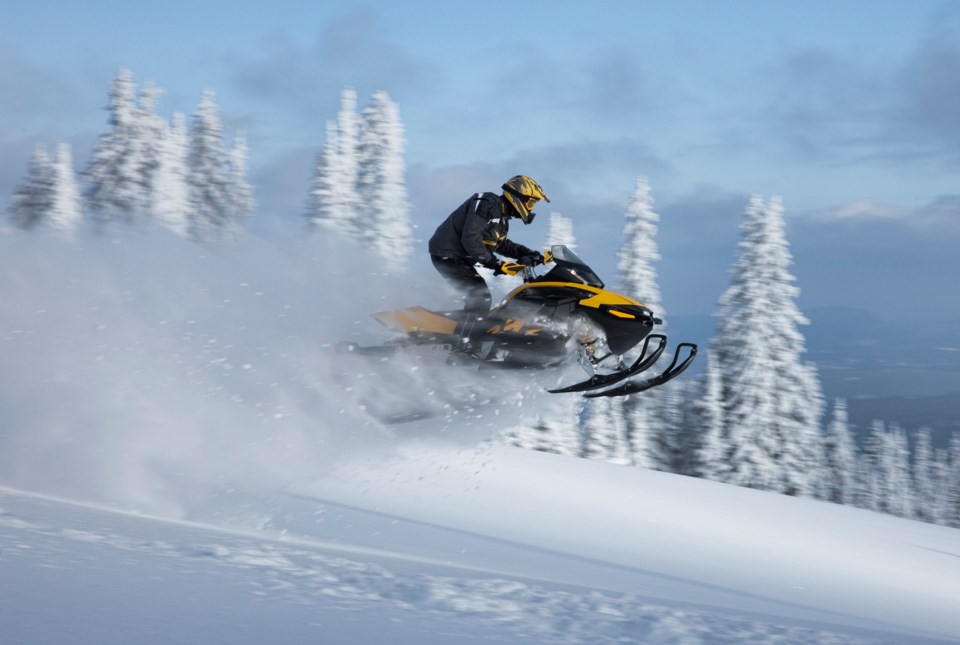While it may be a winter wonderland out there, it can also be hazardous.
Vernon Search and Rescue (VSAR) have been called to five incidents involving snowmobilers in the last two weeks alone.
Coralie Nairn said the majority of the calls for sledders in trouble involve snowmobile operators from out of the area.
She said local snowmobile clubs have done a good job in educating local sledders, but many out-of-town sledders are not prepared for the terrain the area offers.
VSAR has responded to snowmobilers getting stuck — they go down a trail and are unable to get back up — as well as sledders breaking down or crashing into trees.
Fortunately, there have been no major injuries so far.
Nairn said one of the most important things people can do when they head outdoors is to be prepared, especially with the cold temperatures gripping the region.
She highly recommends people go to adventuresmart.ca before they head out.
And that applies to not only sledders, but anyone taking to the backcountry be it on a snowmobile, snowshoes or cross country skis.
“People should take the basic essentials with them such as a means to light a fire, a signalling device, communication devices,” said Nairn, adding the full list of items can be found at Adventure Smart.
“It's important that they have that because it is going to be several hours before we can get there and helicopters are few and far between, especially at night.”
VSAR does have qualified heli-winch rescue members, but they can only operate during daylight.
Proper winter attire can literally be a life saver in the backcountry as well.
Nairn had special words of caution for snowshoers who she said tend to venture deeper into the backcountry than cross country skiers, urging them to stay away from precipices that may look safe, but could give way, sending the person plummeting.
“We see it at the Coast and now we are starting to see it here. When wearing snowshoes we tend to have the habit of walking up the edge of a precipice to look over,” she said, adding the snow could be unstable or icy, both of which could lead to disaster.
Nairn also encouraged caution when venturing onto ice. She recommends ice be at least four to six inches thick before walking on it.
And if someone does get into trouble, they should not hesitate to call for help.
“We are ready 24 hours a day,” said Nairn.



